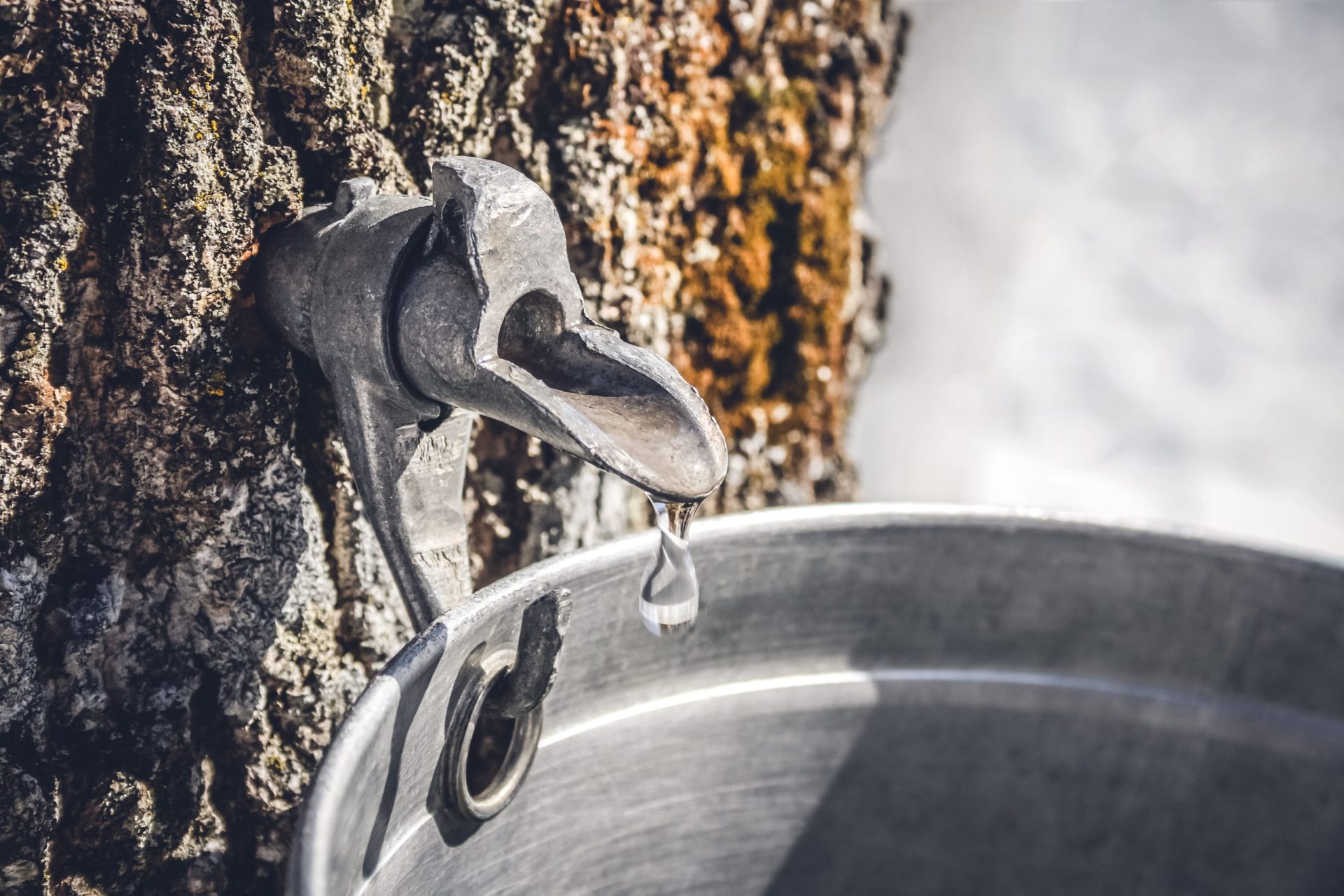
Despite the economic, ecological and social importance of the sugar maple for Québec, the potential effects of climate change on this emblematic tree are largely unknown. Growth times and sap production dynamics are still poorly understood at the northern limit of its distribution area, such as in Saguenay–Lac-Saint-Jean.
However, this is a geographical area that would be worth studying. “The sugar maples there could be hit hard by a combination of late frosts and warmer, earlier springs”, says Sergio Rossi, a forest ecology professor from the Department of Fundamental Sciences at the Université du Québec à Chicoutimi.
The researcher and his collaborators suspect that certain populations of sugar maples will be more resistant to such weather hazards than others. To confirm this, they are comparing characteristics such as physiological reactivation rates for some thirty varieties planted in Saguenay–Lac-Saint-Jean and in the Outaouais region in southwestern Québec.
To refine their results, they are also conducting experiments in a controlled environment in which various sugar maple varieties are subjected to climate scenarios likely to occur in the coming decades. In addition, using satellite images, they are conducting analyses on the seasonal changes experienced by maple trees across their range in Québec.
The data collected to date indicate that sugar maples are showing signs of adaptation to the climatic conditions specific to their seed provenance. This suggests that in order to cope with current environmental changes, it would be preferable to focus on certain varieties in plantations at the northern limit of the species range. Global warming could make the Saguenay–Lac-Saint-Jean region an important sugar maple habitat and a major producer of maple syrup.
Source : https://www.uqac.ca/portfolio/sergiorossi/publications/
